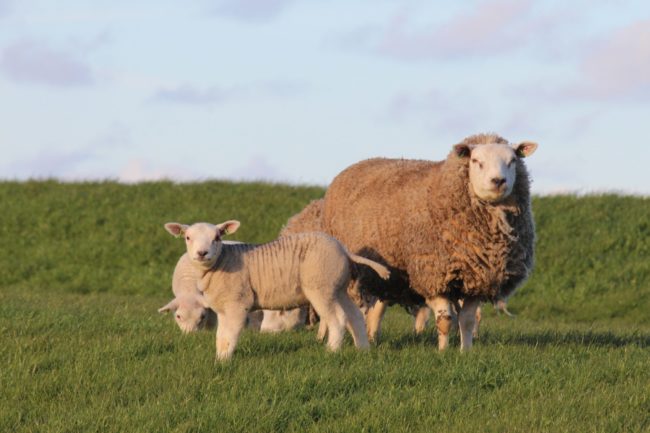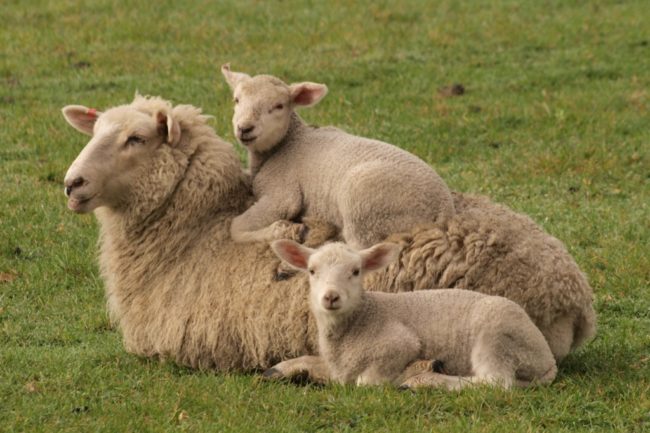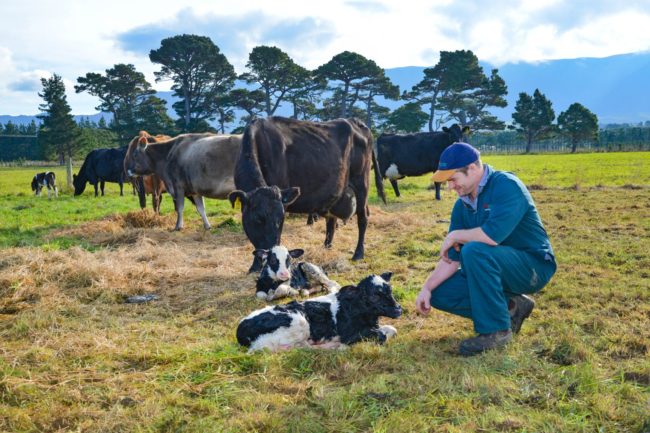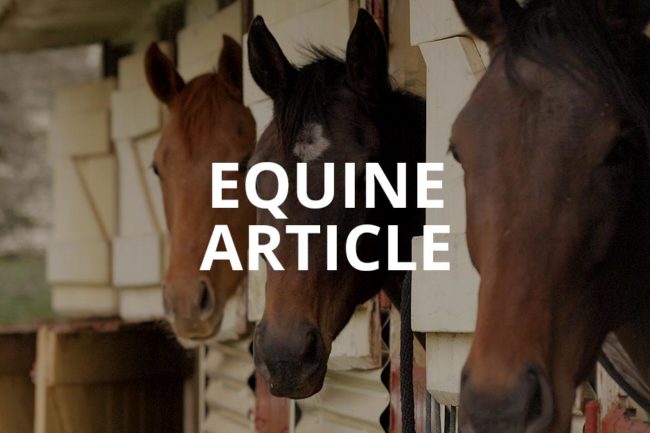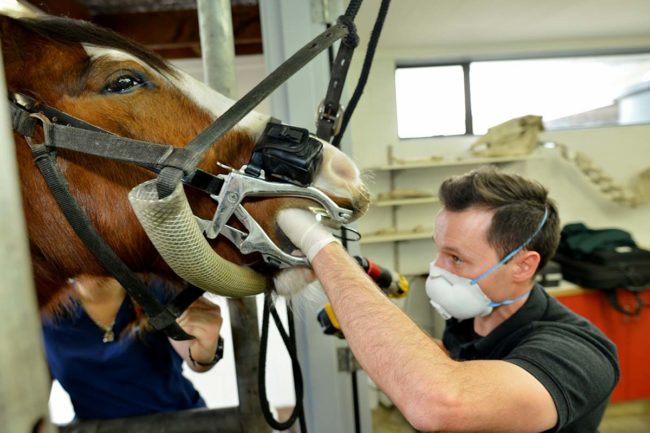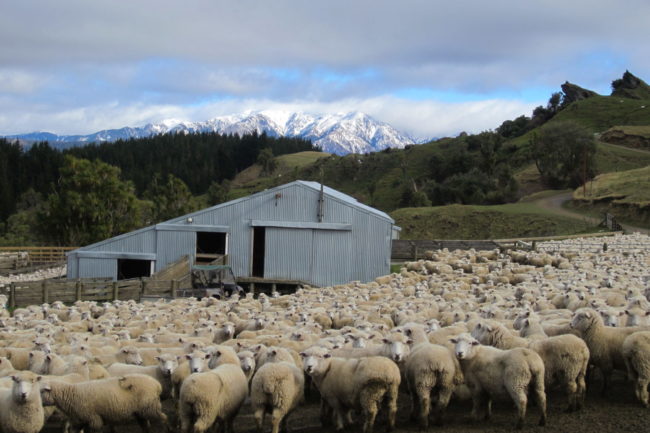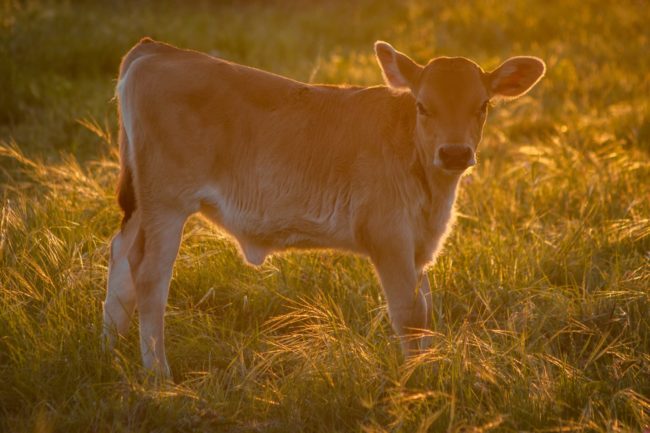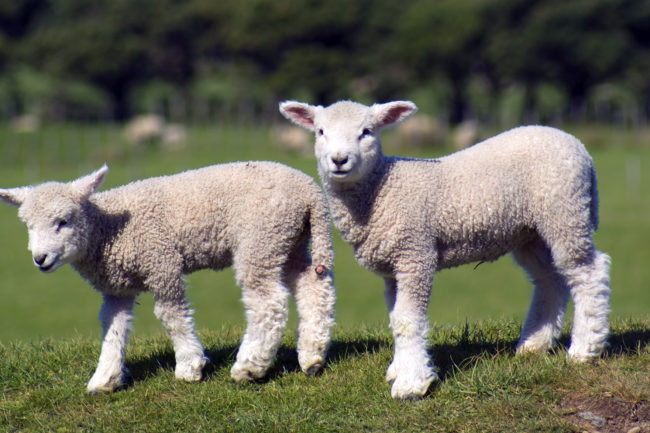Flystrike in Sheep
What is Flystrike? Flystrike is the most significant ectoparasitic disease of sheep in New Zealand, both from an economic and animal welfare perspective. The main flystrike challenge is during warm humid conditions, normally from November through to March, however this can vary seasonally and in some cases the challenge period can occur from October through…
Details


